Solar
Erika and Achim Ginsberg-Klemmt
Solar
Jonathan Lwowski
Solar
Dr. Eric Schneller

NEMA President and CEO Debra Phillips today issued the following statement in response to the Administration’s announcement of a 10% universal tariff on imports from all countries and additional reciprocal tariffs for select countries:
"The nation’s electrical manufacturers comprise one of the largest sectors of the U.S. economy, and our products serve as the backbone of our nation’s electrical system. The electroindustry has invested over $185 billion in domestic manufacturing since 2018, bolstering U.S. production of critical electrical products and creating thousands of good paying American jobs.
"As the second largest U.S. exporter and second largest U.S. importer of manufactured goods, electrical manufacturers play a pivotal role in expanding the U.S. manufacturing base to secure America’s energy dominance and creating skilled trade careers for hard-working Americans.
"The North American electrical system powers economies and provides products and services that are essential in developing national infrastructure and increasing competitiveness. The industry is committed to continue its historic investments in U.S. manufacturing. We urge the Trump Administration to prioritize business certainty, U.S. competitiveness, realistic transition periods for moving key supply chains, and minimizing the impact on critical manufacturing sectors. Trade policies must also ensure our nation’s manufacturers can continue producing critically needed electrical goods for a secure and reliable grid.
"Electrical manufacturers have one of the most complex global supply chains of any industry. NEMA will continue our commitment to domestic content in manufactured products through our Make It American ™ program, helping NEMA members confidently bring Build America, Buy America-compliant products to market and supporting America’s workers, communities, and businesses.
"The electroindustry supports the Trump Administration’s objectives to strengthen the U.S. energy system, expand our manufacturing base, and create good-paying American jobs, and we urge the Administration to work with NEMA and our partners across the electroindustry to create trade policies that will build on these objectives to achieve our shared goals."
National Electrical Manufacturers Association | www.nema.org
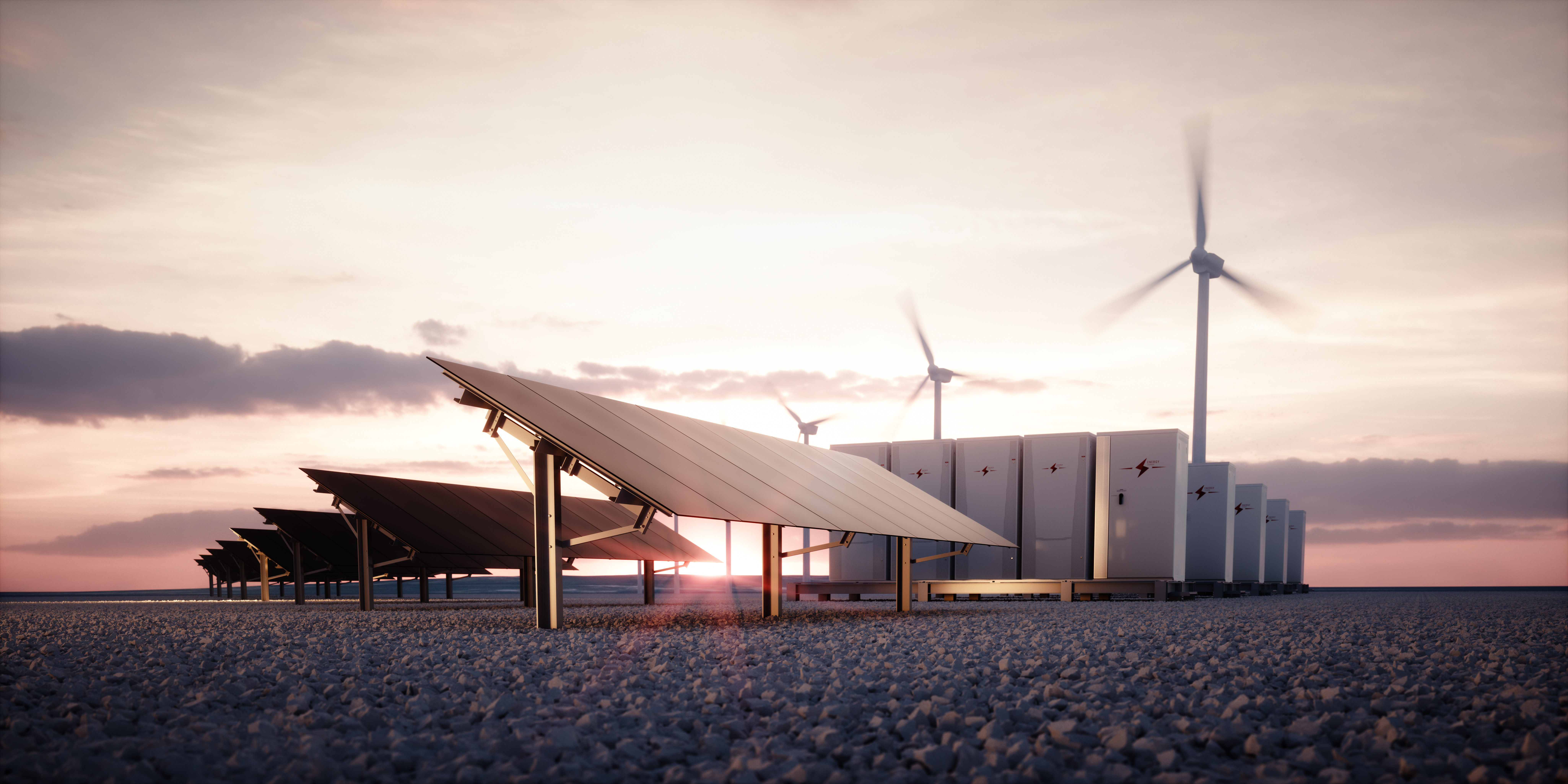
GoodPeak, a rapidly growing utility-scale battery energy storage and solar platform, announced the closing of construction credit facilities with Pathward, N.A. and BridgePeak Energy Capital, enabling commencement of construction of its first two 10-MW (2-hour duration) energy storage projects near Houston, Texas. These projects, which will come online at the end of 2025, will provide critical capacity to enhance grid reliability, support renewable energy integration, and strengthen the Texas energy infrastructure.
With the recent backing from Current Equity Partners and other strategic investors, GoodPeak anticipates significant expansion in 2025 and beyond. GoodPeak plans to expand and diversify its development pipeline to include larger projects, integrated power generation and data center development opportunities.
Founded by Trent Kososki (former Stonepeak and ECP executive) and Hayden Stanley (former founder of Trilogy Power), GoodPeak develops, builds, owns, and operates battery storage and generation assets in high-value, constrained locations with advantaged economics. The company is backed by a deep network of industry leaders, including prominent founders, executives, investors, family offices, and advisors in the power and renewables sector.
As part of its continued growth, GoodPeak has appointed PJ Fielding, former Kayne Anderson Portfolio Manager and Current Equity Partners co-founder, and Dana Frix, former Managing Partner at Chadbourne & Parke, to its Board of Directors. Their deep expertise in infrastructure, renewables, private equity, regulatory strategy and development will help guide GoodPeak’s expansion efforts.
“Breaking ground on our first energy storage projects marks a major milestone for GoodPeak in helping to solve Texas’ grid challenges,” said Trent Kososki, Founder and CEO of GoodPeak. “These projects will provide much-needed resilience to the grid, storing excess power during times of low demand and delivering it when it’s needed most—helping to stabilize energy prices, support renewable integration, and enhance overall reliability. Securing our construction debt financing was a critical step in our ascent, and we’re grateful for world-class partners in Pathward and BridgePeak. The addition of Current Equity as a strategic investor further strengthens our position as we build and expand our platform—with many more mountains to climb!”
Christopher Soupal, Pathward Divisional President and Revenue Lending Officer, said, "Pathward's construction debt financing for GoodPeak's ERCOT projects demonstrates our commitment to supporting innovative energy storage solutions. We're proud to be GoodPeak’s lending partner to deliver solutions to Texas and provide grid reliability and resiliency."
"At BridgePeak, we partner with industry-leading developers scaling new heights in energy innovation," said Shawn Andrews, CEO of BridgePeak. "Our collaboration with GoodPeak exemplifies this approach. GoodPeak’s strategy of deploying a distributed network of energy storage 'shock absorbers' is precisely the type of forward-thinking solution needed to navigate the challenging terrain of today's evolving grid landscape."
P.J. Fielding, Co-Founder of Current Equity Partners, added, "We’re excited to back a leading energy storage platform in GoodPeak. With AI and data centers driving soaring electricity demand, Texas faces major grid challenges. GoodPeak’s storage projects are crucial for balancing this growth, and we believe it is well-positioned to provide much-needed solutions to the evolving energy landscape.”
GoodPeak | www.goodpeak.com
Current Equity Partners | https://www.currentequitypartners.com/
Pathward Financial | https://www.pathward.com/
BridgePeak Energy Capital | https://www.bridgepeak.com/
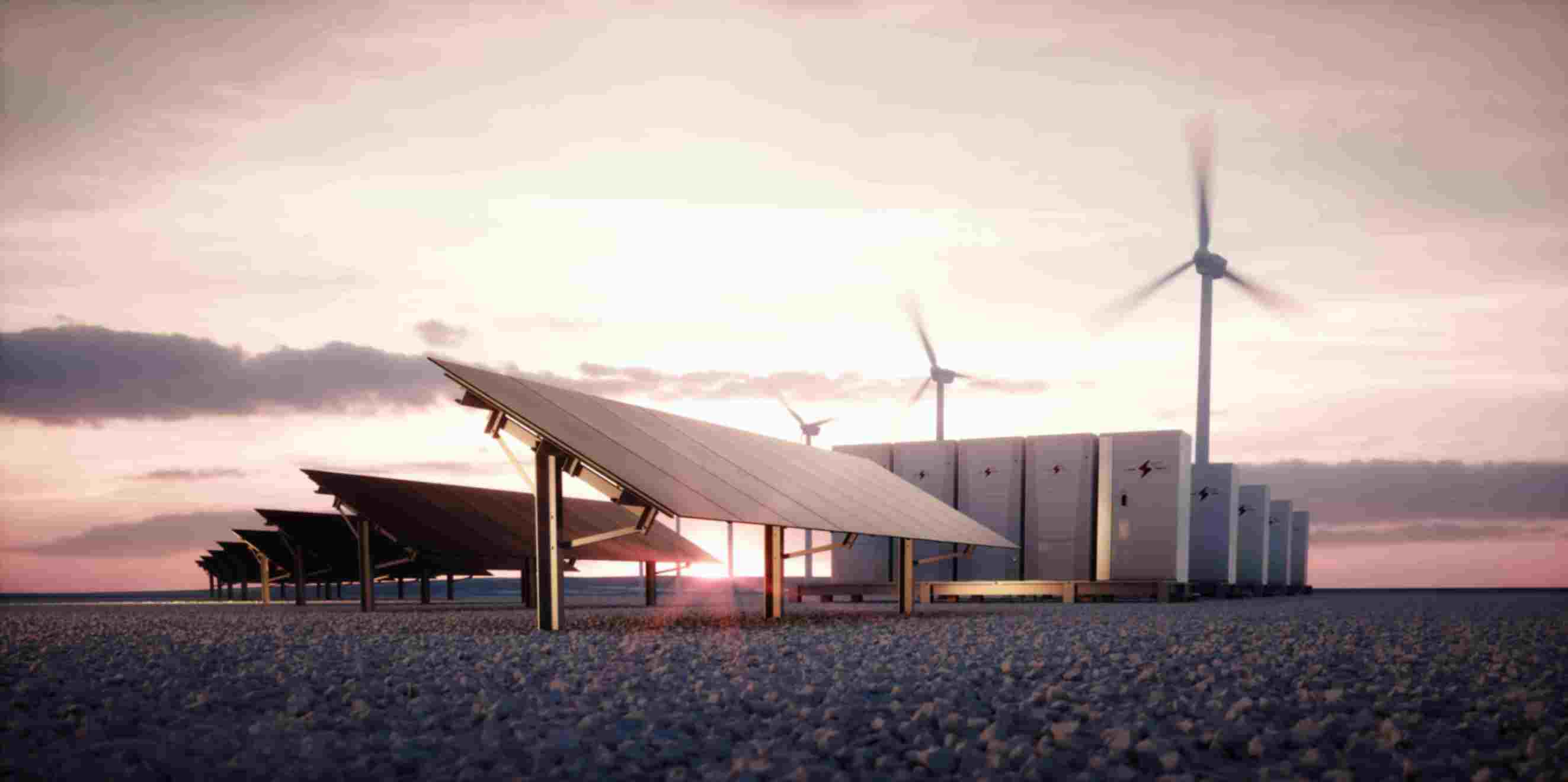
Mitsubishi UFJ Financial Group (MUFG) and Nomura Securities International, Inc. (Nomura), proudly announce an agreement with Greenalia S.A. (Greenalia) to provide a $295 million construction-to-term loan and $93 millionletter of credit (LC) facility for Misae Solar Park II (Misae II). Misae II is the first US development from Greenalia, a top Spanish developer of renewable power projects.
MUFG and Nomura both acted as CLA and Bookrunner, with MUFG additionally acting as Administrative Agent.
"We're thrilled to support Greenalia by leading this complex and successful transaction," said Louise Pesce, Managing Director, Project Finance at MUFG. "Greenalia's innovation and MUFG's expertise will help the state of Texas increase energy capacity with renewable solar power."
Global Head of Nomura's Infrastructure & Power Business ("IPB"), Vinod Mukani, stated that "Nomura is thrilled to strategically partner with Greenalia to provide tailored capital solutions through bespoke structuring, unlocking risk-adjusted returns for all partners in the build-out of this landmark project. We are excited to support execution and development of Greenalia' s broader portfolio to meet strong renewable energy demand."
Alain Halimi, Managing Director, Nomura IPB, added, "Nomura is pleased to once again support Greenalia, this time for their inaugural Misae II solar project in Texas. Our partnership with Greenalia demonstrates Nomura's commitment to provide tailored strategic financing solutions to leading renewable energy developers."
"This transaction is a major step for Greenalia's US expansion," said Manuel Garcia, CEO of Greenalia S.A. "With the help of MUFG and Nomura, we are on track to reach 1 GW of operational projects by 2026."
"This financing represents a key milestone in the execution of the company's business plan, and in particular, the objectives established for its US business. This transaction demonstrates the evolution of the Greenalia group, covering the capital needs necessary for the launch of the projects currently under construction", said Antonio Fernandez-Montells, CFO of Greenalia S.A.
Misae II will be one of the largest developments in Texas, covering 3,970 acres in Childress County for a 430 MW-DC / 331.6 MW-AC photovoltaic development. It is expected to achieve COD in Q3 2025.
Misae II benefits from two ERCOT West-settled PPAs for 65% of its energy output and RECs. The remaining 35% of its energy will be sold into the merchant ERCOT market. In addition, Misae II has executed a fixed-price PTC Transfer Agreement and a separate fixed-price agreement for 40% of the Project's RECs.
Mitsubishi UFJ Financial Group | www.mufgamericas.com
Nomura | www.nomura.com
Greenalia S.A. | www.greenalia.es

Alleima, a global leader in seamless stainless steel tubing solutions, has introduced a first-of its-kind on-site tubing solution in Canada - a mobile machine capable of straightening and cutting thick-walled coiled tubing directly at the construction site.
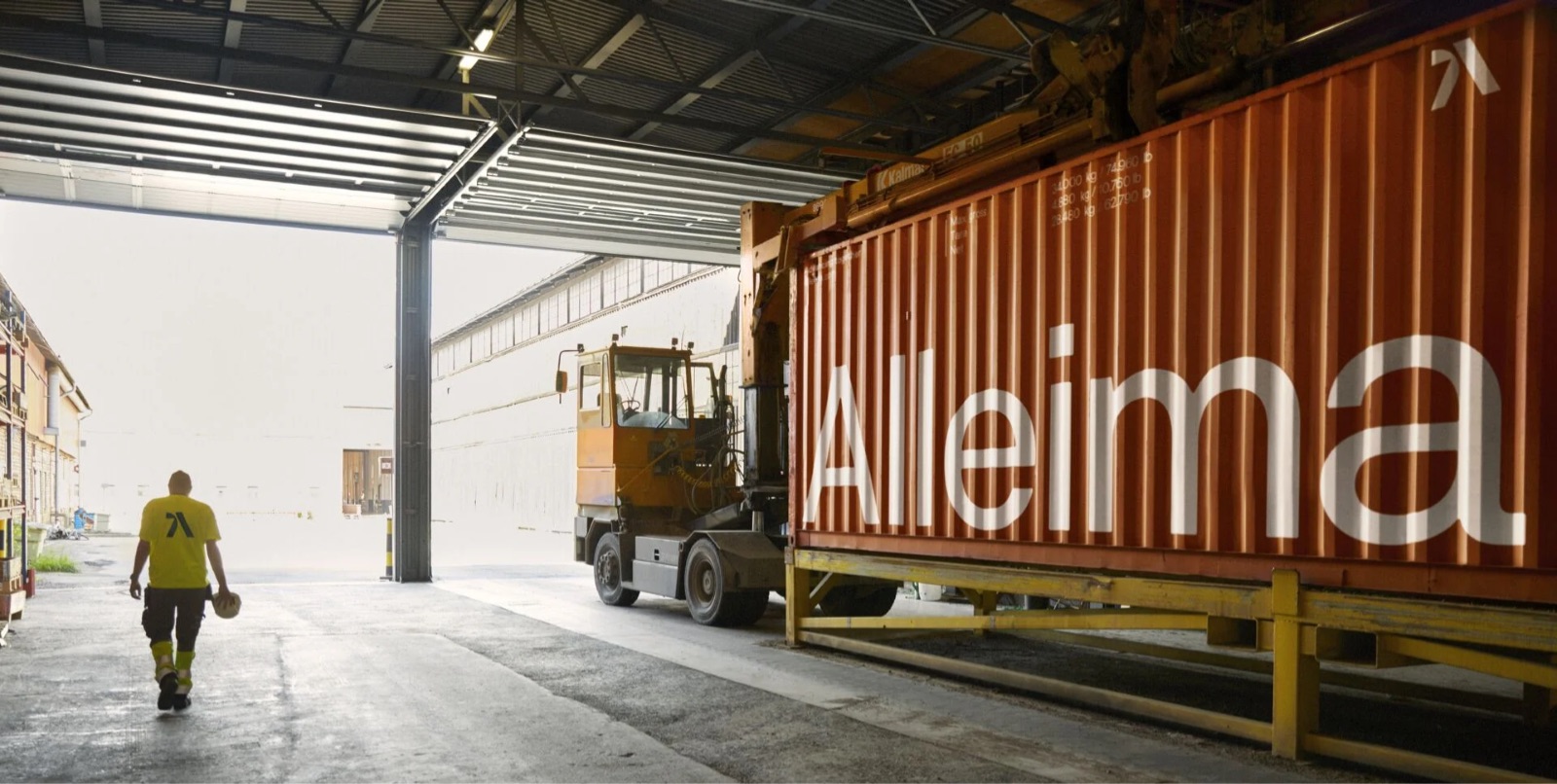
This innovative solution changes how coiled tubing is supplied across the country, particularly for the installation of hydrogen refueling stations. By bringing the equipment to the job site, Alleima streamlines the setup process and eliminates the need for off-site processing.
It has a strong track record in Europe already supporting more than 70 hydrogen refueling station projects. Alleima’s mobile unit offers a versatile, cost-effective alternative by delivering tubing cut to exact specifications on demand, wherever it’s needed.
The announcement comes as Alleima prepares to showcase the solution at the Canadian Hydrogen Convention in Edmonton, April 22–24, where industry professionals will get an exclusive look at the future of tubing technology and see the machine in action.
Tobias Lummerich, Alleima’s Global Industry Manager – Hydrogen, said: “Canada is currently one of the largest hydrogen producers, with several major projects announced last year, including hydrogen refuelling stations and production facilities. As a steel producer, Alleima plays a key role in supporting hydrogen infrastructure with our expertise and experience in high-quality steel tubing solutions.
“With our on-site tubing solution, we support customers in building hydrogen refuelling stations. It minimizes waste, reduces labour efforts, and eliminates the need for fittings or welds, decreasing potential weak points in the system.”
Utilizing a 20-foot container platform, the mobile unit is operated by Alleima experts trained in handling high-pressure thick-wall coils up to 1".
Key benefits include:
On-site manufacturing: Direct-to-customer precision cutting and straightening.
Versatile deployment: Adaptable to a range of terrains and extreme conditions.
Enhanced safety & compliance: Seamless tubing solutions meet strict hydrogen industry standards.
Minimized waste: Precision monitoring and control allow for any length to be cut as needed.
Faster installation: Significantly reduced setup and delivery times.
Alleima | www.alleima.com
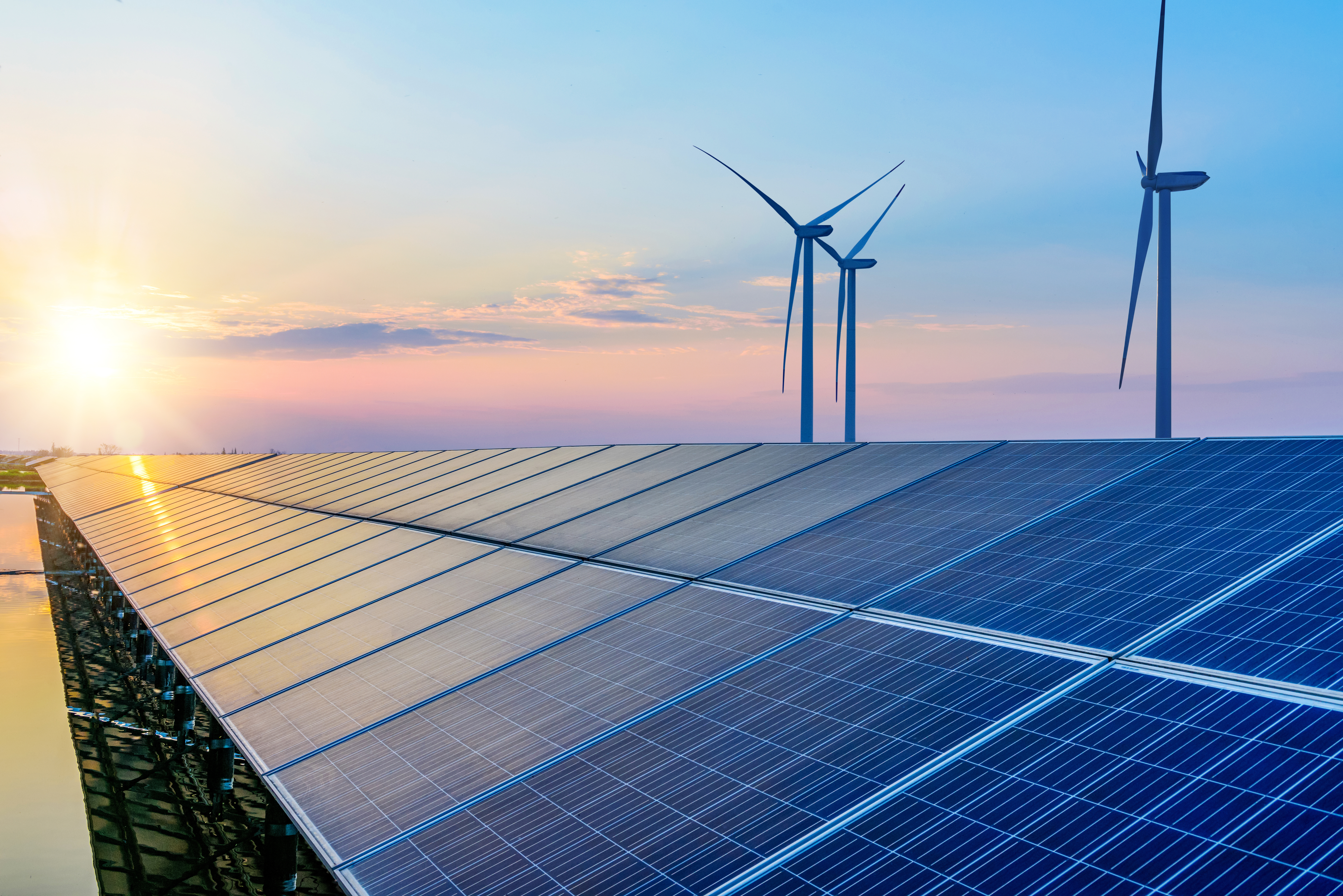
Origami Solar, the industry leader in domestic steel solar module frames, is expanding its product line in response to customer feedback and growing market demand. As the industry transitions to steel frames as a preferred choice to add strength and reliability to increasingly fragile modules, Origami customers are demanding a broader range of products that extend the value and performance of steel frames to all segments of the solar industry.
Origami Solar steel frames are rigorously tested, offering superior strength and 1–2 day domestic delivery. The company's patented frames provide higher performance and safety margins to increase snow and wind load capabilities—testing significantly above industry standards while eliminating the risks and costs associated with imported aluminum frames and unreliable overseas supply chains.
As the only supplier focused solely on high-value steel frame solutions, Origami is leading the industry-wide shift to a stronger, American-made alternative—one that’s ideally suited for larger PV module sizes and provides resilience against extreme weather.
Origami's new, customer-driven frame options are enabled and backed by deep expertise and knowledge gained over four years of frame design innovation, extensive internal testing, and Finite-Element Analysis (FEA), in addition to validation from top-tier third-party test labs. Superior-performance designs have been validated with multiple steel roll-forming partners to ensure a swift transition to highly automated manufacturing processes and scale.
The result is a market-leading patent portfolio and thorough understanding of how to design and manufacture cost- and performance-optimized steel frames to meet the fast-growing requirements of U.S. utility, commercial and residential markets. According to research firm Wood Mackenzie, approximately 50 Gigawatts of solar power were added in the U.S. in 2024.
Origami’s new product innovations, all made in America and eligible for the IRS Domestic Content Bonus, include:
Lighter-weight, 30mm tall frame optimized for utility and commercial customers targeting lower costs and load ratings, available in both glass/glass and glass/foil options.
Flangeless short side frame, available in both a 30mm and 35mm tall profile, to further reduce costs while only minimally impacting frame performance.
Residential-specific frame, available in multiple profiles, providing significant domestic content and module performance to ensure manufacturers and developers can cost-effectively secure the ITC Bonus while supporting U.S. manufacturing.
“We started this journey of innovation with a goal of transitioning the solar industry from imported extruded aluminum to domestically produced steel,” said Gregg Patterson, CEO of Origami Solar. “Customer response has been overwhelmingly positive. Manufacturers, developers, and other solar stakeholders are receptive to the material transition and excited about our 35mm frame’s demonstrated performance.”
“With a singular focus on continuing to deliver value to our module manufacturing customers and their customers, we've built a world-class team, invested in advanced design and testing capabilities, and forged strong industry partnerships to design, prototype, and manufacture a broad portfolio of solutions that unlocks an industry-wide shift to steel solar module frames.”
Origami Solar is delivering its module frame products to customers looking for a range of reliable frame performance options, with the rapid delivery and cost-saving benefits of a fully U.S.-based supply chain.
Origami Solar | www.origamisolar.com

The Zero Emission Transportation Association’s Executive Director, Albert Gore, issued the following statement in response to President Donald Trump’s tariff announcement:
“The EV and battery sector is working hard to ensure that the American auto industry continues to be an engine of economic growth for generations to come. From building new manufacturing capacity to securing supply chains for components and hardrock minerals needed for modern technologies, including electric vehicles and battery supplies, our industry is competing to win. We are taking the steps needed to ensure future global competitiveness led by a renewed domestic automotive industry, and supercharged by skyrocketing global EV and battery demand.
Tariffs on our long-standing trade partners, many of whom have committed billions in direct investment into U.S. factories, introduces uncertainty and risk into an industry that is creating jobs and bringing new economic opportunities to communities across the country.
ZETA stands ready to work with the administration to deploy productive trade policies that will ensure the EV success story keeps working and growing for communities such as those in Phoenix, Savannah and Reno, among others, so we can all accomplish our shared goal of growing the U.S. manufacturing sector into a global powerhouse.”
ZETA | https://www.zeta.org/

Ameresco, Inc., (NYSE: AMRC), a leading energy solutions provider dedicated to helping customers navigate the energy transition, announced the successful completion of Killeen Regional Airport’s solar-integrated covered parking project. The project aims to significantly enhance the traveler experience by offering covered parking in short-term parking and rental lots, along with an LED retrofit throughout the airport. This initiative not only showcases a strong commitment to sustainability but also provides substantial economic benefits by reducing long-term energy costs. This project in the Central Texas region stands as a testament to the vision outlined by airport leadership and their unwavering dedication to creating a sustainable future.
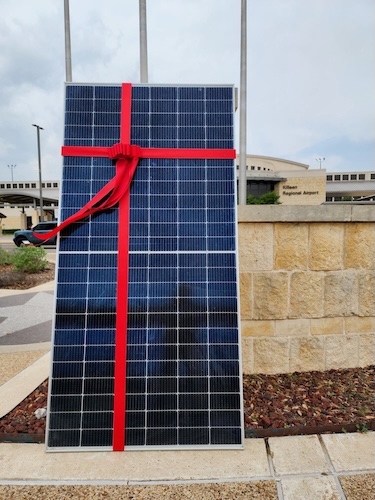 The 1.2 MW project includes a robust solar energy component, featuring a solar array serving the terminal, a solar array for the rental lot, and a solar array for the short-term parking lot. Additionally, it encompasses a comprehensive terminal lighting retrofit, replacing interior and exterior lights with energy-efficient and longer-lasting LEDs. To further enhance traveler convenience and accessibility, a covered pedestrian walkway has been constructed, seamlessly connecting the terminal to the rental lot.
The 1.2 MW project includes a robust solar energy component, featuring a solar array serving the terminal, a solar array for the rental lot, and a solar array for the short-term parking lot. Additionally, it encompasses a comprehensive terminal lighting retrofit, replacing interior and exterior lights with energy-efficient and longer-lasting LEDs. To further enhance traveler convenience and accessibility, a covered pedestrian walkway has been constructed, seamlessly connecting the terminal to the rental lot.
"Ameresco is proud to partner with Killeen Regional Airport on this solar-powered covered parking project,” said Lou Maltezos, President of Central & Western USA, Canada Regions at Ameresco. “By integrating solar technology and energy-efficient lighting, this great project not only modernizes the airport infrastructure but also delivers significant cost savings."
“This is a day that we have looked forward to for many years,” Mike Wilson, Executive Director of Aviation for the City of Killeen said. “The full project includes a complete LED retrofit of the entire Airport campus. I am very proud of this project because not only will it decrease the airport’s operating budget by lowering our energy costs, but it will also provide a much-needed upgrade to the customer experience.”
The project was made possible through a competitive grant process with the Federal Aviation Administration (FAA) Airport Terminals Program (ATP). The final scope of the project amounted to over $7 million, with a grant award of $5 million. This investment is estimated to offset 68% of the airport's purchased electricity, showcasing a significant step towards energy efficiency and sustainability.
“This marks our city’s first major solar project,” said Mayor Debbie Nash-King. “It stands as a testament to our staff’s proactive approach to environmental stewardship and our commitment to creating a greener future for generations to come.”
Today, the solar-integrated covered parking project was commemorated with a ribbon-cutting ceremony attended by Mayor Debbie Nash-King, Airport Executive Director Mike Wilson, and representatives from Ameresco. The event was marked by the presence of many pivotal contributors whose dedication and efforts were instrumental in bringing this project to life.
Ameresco | www.ameresco.com
Alternative Energies Mar 31, 2025
Green buildings are transforming the way we design, construct and operate structures by focusing on energy efficiency, environmental responsibility and occupant well-being. As technology evolves, innovations like organic printed semiconductor systems....
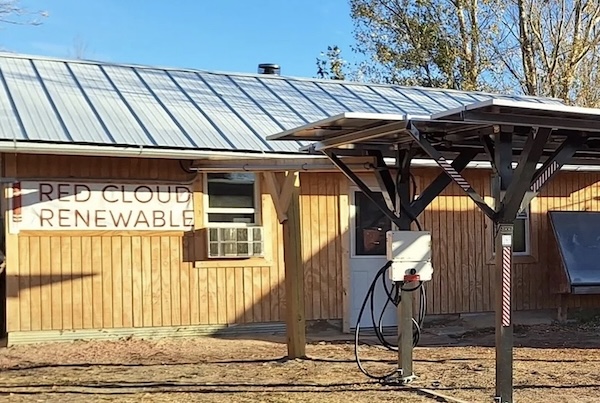
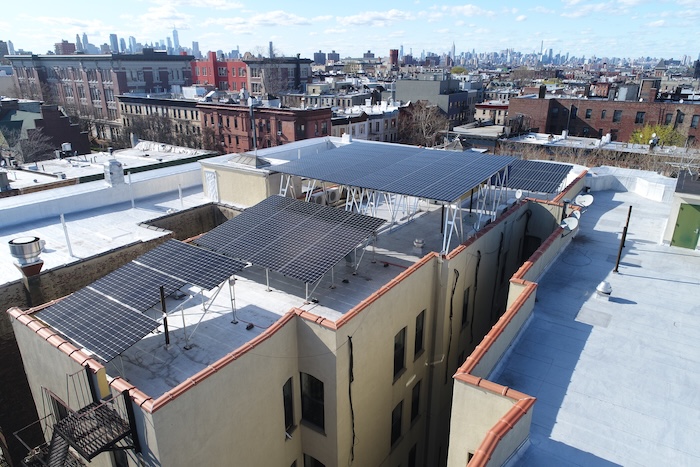
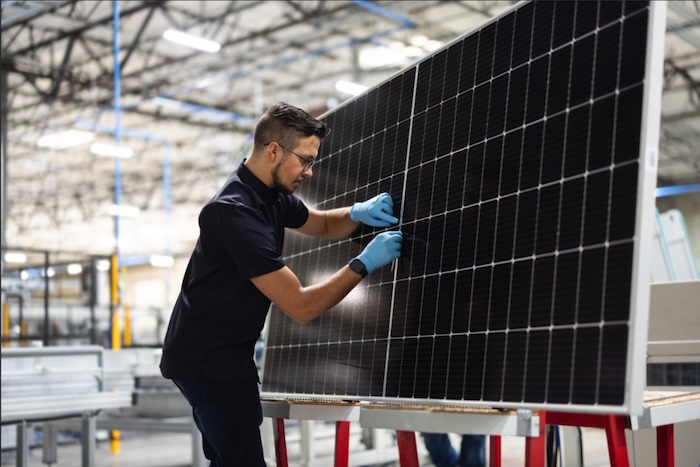
A historic milestone in renewable energy deployment has been reached in the United States, and it all started with the vision and leadership of Chief Henry Red Cloud at the Red Cloud Renewable Energy Center (RCR) in Pine Ridge, South Dakota....
Given the Trump administration’s past approach to renewable energy, solar developers and installers nationwide are bracing themselves for another period of lack of support for renewables. But the success of the Inflation Reduction Act’s (IRA) ....
The global solar industry has experienced substantial growth and maturation over the past decade. As a result, we now have easy access to high-efficiency solar panels equipped with extended warranties of 25 years or more. Considering that we rarely e....
Renewable energy sources such as wind an....
As wind energy continues to expand its r....
As the renewable energy sector continues....
Significant advancements in battery technology—including lithium-ion, solid-state, and other emerging technologies have occurred in recent years as was recently acknowledged by institutions such as the International Energy Agency and BloombergNEF([....
The move toward green, clean, sustainable energy will require a massive investment in research and development (R&D) to develop the innovations that will accelerate the modernization of North America’s electrical grids. Advancements in Battery ....
With the increase of electric vehicles on the road, there is growing demand for EV chargers. Drivers are left with a few different options: they can use a public charger, they can charge at work if they are lucky enough to have that option, or they c....
Green buildings are transforming the way we design, construct and operate structures by focusing on energy efficiency, environmental responsibility and occupant well-being. As technology evolves, innovations like organic printed semiconductor systems....
For fuel cell-powered transportation, the future hinges on investment in six key areas As a transportation mode that uses the universe’s most abundant element, one that’s renewable and yields zero tailpipe emissions other than water, hydrogen-....
As the global energy transition marches on, hydrogen remains a promising energy carrier for a decarbonized system. Demand for clean hydrogen is expected to increase two to four times by 2050, facilitating the shift to a carbon neutral grid and cleane....